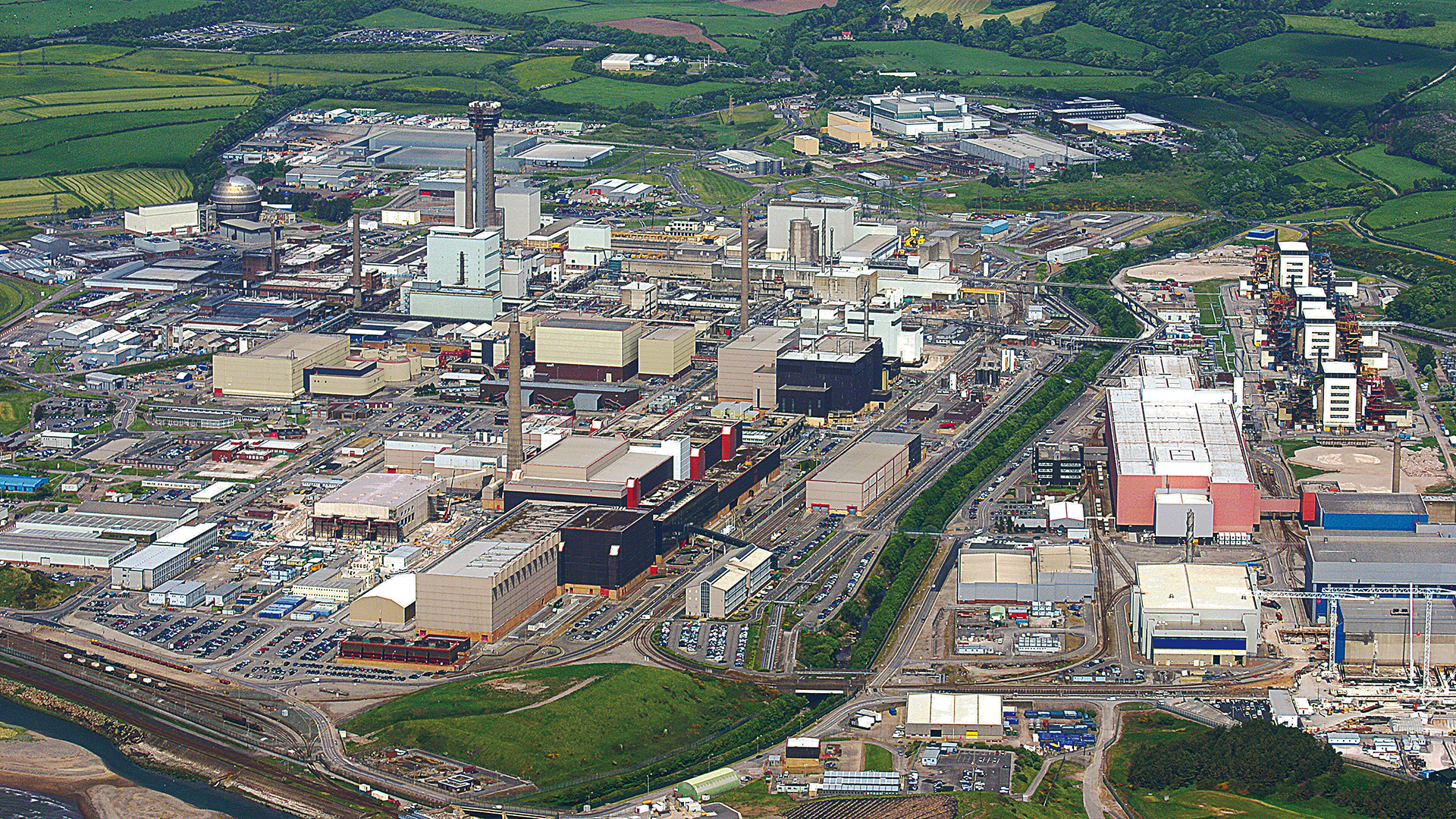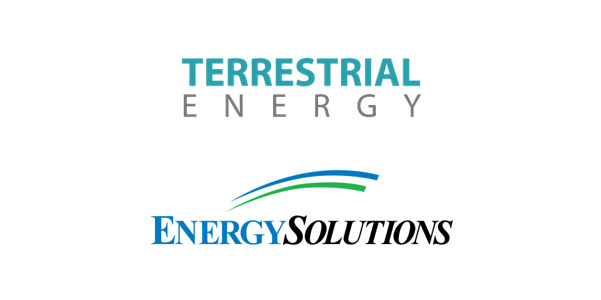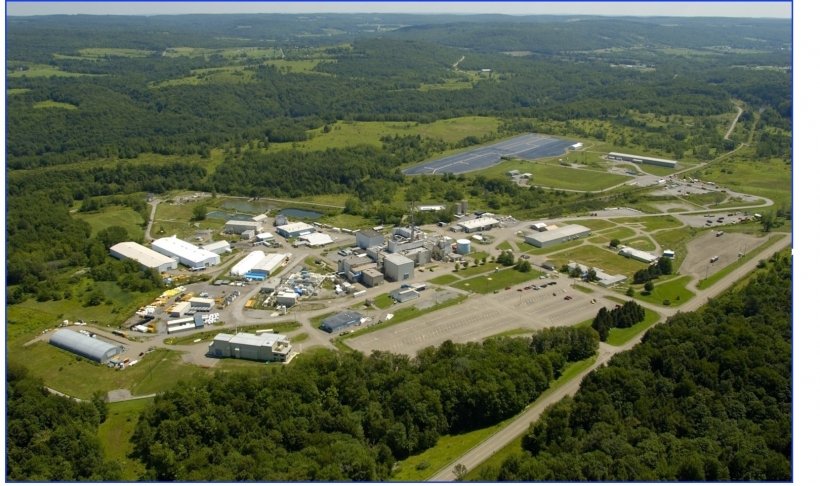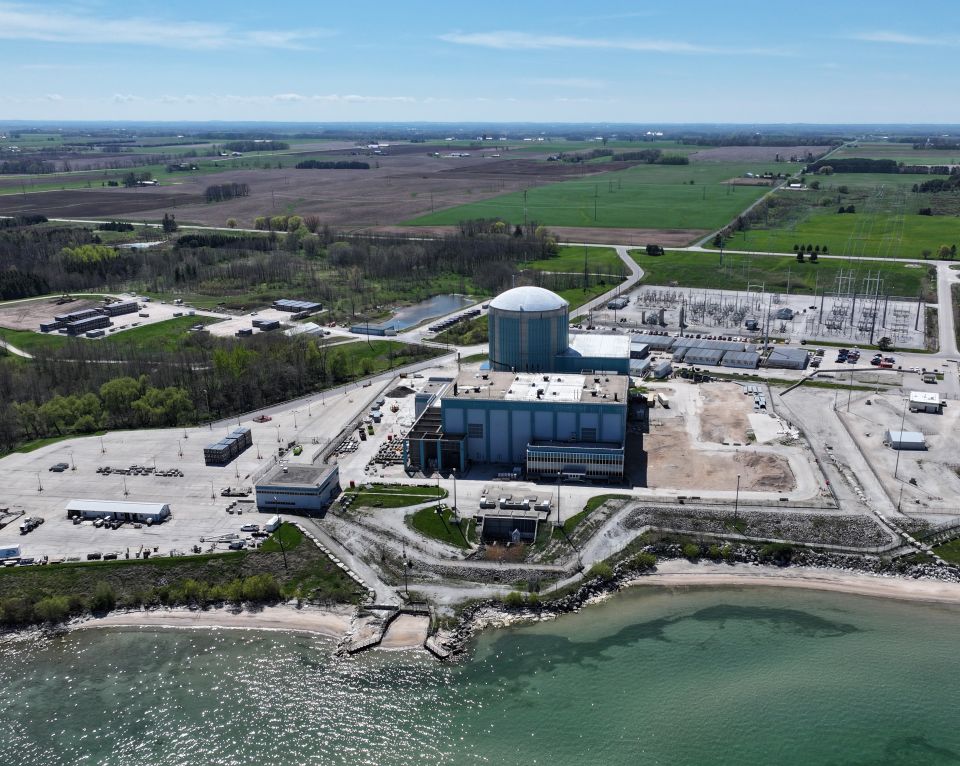The NAO report found that the cleanup of Sellafield, which includes legacy contaminated buildings, untreated waste from nuclear fuel reprocessing, and aging facilities, is taking longer than planned and at a higher cost. Full decommissioning of the site is expected to take until 2125 to be completed at a cost of £136 billion (about $176 billion), according to the report, which also noted that £2.7 billion ($3.5 billion) was spent on the site in the past year.
The NAO report, Decommissioning Sellafield: Managing Risks from the Nuclear Legacy, was publicly released on October 23.
Key findings: The NAO found that since 2018, when it previously reported on Sellafield, the NDA has continued to address “significant procurement, contractual, and delivery problems.” According to the NAO, much of that progress was a result of a 2016 reorganization, when management of the site shifted from private contractor Nuclear Management Partners to Sellafield Ltd., a wholly owned subsidiary of the NDA. The direct ownership model has resulted in savings of around £170 million (about $221 million) a year, the NAO reported.
Sellafield’s leadership team, however, needs to do more improve accountability for organizational performance, according to the NAO, which noted that there have been “a number of indications of a problematic performance culture as Sellafield in recent years, as well as tensions between Sellafield, [the Office of Nuclear Regulation,] and the NDA.”
The NAO also found that there is no overall measurement of progress toward full decommissioning of the site and that cyber security issues have yet to be resolved.
It did note that Sellafield has demonstrated that it can safely remove the site’s most hazardous waste, saying that as of December 2023, Sellafield Ltd. has begun removing waste from all four of the site’s legacy storage ponds and silos. The site, however, has made less progress than expected in retrieving waste, due in part to the COVID-19 pandemic, according to the report.
Quote: The NAO report concludes, “In spite of these improvements, we cannot yet say that the NDA and Sellafield are achieving value for money—by which we mean outcomes commensurate with the considerable expenditure on the site. Large projects are still being delivered later than planned and at higher cost. Sellafield has made slower progress in reducing site risks than it would have liked and must now significantly accelerate the pace at which it is retrieving waste from its oldest storage facilities. Simultaneously, it needs to address the deteriorating condition of key assets and develop credible plans for maintaining the analytical capabilities the site depends upon and improving (and sustaining) its workforce’s capability. It still lacks a comprehensive measure to assess progress in reducing risk. If it underperforms, the cost of completing its mission will increase considerably, and ‘intolerable’ safety risks will persist for longer.”











